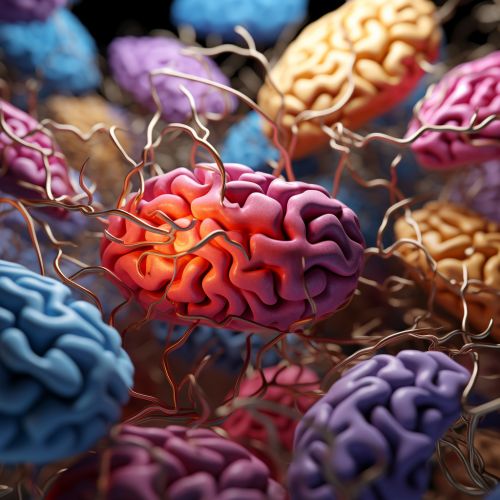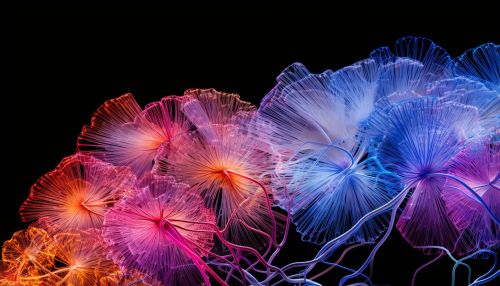Multisensory Integration
Introduction
Multisensory integration, also known as sensory processing, is a scientific term that refers to the way the human brain processes and interprets information from all the sensory modalities. These modalities include the five classic senses: sight, hearing, touch, smell, and taste, as well as other senses such as balance, temperature, and body position (also known as proprioception). The brain has a remarkable ability to integrate the information from all these senses to form a coherent representation of the world.


Theoretical Background
The study of multisensory integration is grounded in cognitive neuroscience and psychology, more specifically in areas such as neural coding and perception. The fundamental principle behind multisensory integration is that the sensory systems do not work in isolation; instead, they work together to help individuals interact effectively with their environment.
Mechanism of Multisensory Integration
The process of multisensory integration begins in the brain's sensory organs, which detect stimuli from the environment. This information is then transmitted to the brain via sensory neurons. Once in the brain, the information is processed in a hierarchical manner, with primary sensory areas processing basic information and higher-order areas integrating this information across the senses.
Role in Perception and Behavior
Multisensory integration plays a crucial role in perception and behavior. For example, it allows individuals to perceive a consistent and unified experience of the world despite receiving input from multiple sensory modalities. It also plays a key role in guiding behavior and decision-making. For instance, the integration of visual and auditory information can help in determining the location of a sound source.
Clinical Significance
Understanding multisensory integration is also crucial in the clinical field, particularly in the diagnosis and treatment of certain disorders such as Autism Spectrum Disorder and Schizophrenia. These conditions are often associated with abnormalities in multisensory integration, which can contribute to the symptoms experienced by individuals with these disorders.
Future Directions
As a field, multisensory integration is still growing. Future research is likely to focus on understanding the neural mechanisms underlying multisensory integration, as well as its role in perception, behavior, and clinical disorders. This research has the potential to lead to new treatments for a range of neurological and psychiatric disorders.
